Retro Replay Review
Gameplay
Bugs Bunny: Lost in Time offers a classic 3D platforming experience that captures the playful spirit of the Looney Tunes universe. From the moment you hop into Bugs’ oversized rabbit shoes, you’re free to explore five vibrant time periods, each with its own unique layout of platforms, pitfalls, and secret areas. Unlike strictly linear platformers, this title rewards exploration—collect clocks and golden carrots to unlock new stages and revisit earlier zones with fresh objectives.
The core challenge lies in navigating through hordes of familiar foes, including Elmer Fudd, Yosemite Sam, Witch Hazel, Rocky and Marvin—and each boss battle feels like a mini cartoon skit come to life. Standard enemies pepper the levels, but the real thrills come from dynamic boss arenas that often require you to learn attack patterns and exploit environmental hazards, such as swinging pendulums or retractable platforms. The pacing remains brisk, with regular checkpoints and cleverly placed carrots serving as both health pickups and currency for unlocking bonus content.
Beyond traditional platforming, Lost in Time sprinkles in a handful of racing and chase sequences that keep the action fresh. Whether you’re commandeering a mine cart in the Old West or outrunning a rampaging T-Rex in the prehistoric stage, these segments break up the standard jump-and-attack routine. While they can feel a bit on-rails, they’re executed with the same cartoonish flair that defines the rest of the game, complete with zany hazards and well-timed camera angles.
Graphics
Graphically, Bugs Bunny: Lost in Time leans into bright, cartoon-inspired textures that mirror the hand-drawn aesthetic of the original Looney Tunes shorts. Each era is distinguished by a distinct color palette—golden sands and dusty wood for the Old West, lush greens for the medieval castle, and deep purples for Witch Hazel’s lair—ensuring that time travel never feels visually repetitive. The character models are well-animated, with Bugs pinging and bouncing in a way that feels true to his mischievous personality.
Of course, being an early 2000s-era title, you will notice occasional texture pop-in and simplistic environmental details when compared to modern platformers. Draw distances can be limited, and some of the geometry appears blocky. Still, these technical limitations rarely detract from the overall charm; in fact, the slightly chunky visuals help reinforce the game’s cartoonish identity rather than aiming for photorealism.
Special effects such as explosions, magic spells, and water splashes are handled with colorful particle effects that pop against the backdrop of each stage. Lighting is straightforward but effective—dynamic shadows track Bugs’ every hop, and environmental lighting helps guide player attention to key platforming paths. Overall, the graphics may feel dated by today’s standards, but they deliver a cohesive, lively presentation that fans of retro platformers will find endearing.
Story
The narrative in Bugs Bunny: Lost in Time is delightfully simple: en route to a relaxing day at the beach, Bugs stumbles upon a hidden time machine and is zapped across five wildly varied eras. His primary goal is to collect enough clocks to piece together the device, all the while dodging the likes of Elmer Fudd, Witch Hazel, Yosemite Sam, Rocky, and Marvin the Martian, who each have their own agenda for keeping him stranded in time.
While the story’s framework is minimal, it’s delivered with ample Looney Tunes humor. Dialogue spots between levels feature witty one-liners and exaggerated reactions from Bugs and his adversaries. These short cutscenes keep the tone light and playful, ensuring that even when you’re caught in a tricky platforming section, there’s a comedic payoff waiting on the other side.
Each boss villain feels motivated by cartoon logic—Witch Hazel wants to turn Bugs into frog spawn, Elmer Fudd is still on the neverending hunt, and Yosemite Sam is more interested in blasting him back to wherever he came from. These simple motivations are enough to maintain narrative momentum across the game’s five worlds, blending seamlessly with level design and giving each arena a distinct storyline flavor.
Overall Experience
Playing Bugs Bunny: Lost in Time is akin to jumping into a playable Looney Tunes episode—its strengths lie in irreverent humor, varied level design, and a welcoming learning curve. Novice platformer fans will appreciate the forgiving checkpoint system and clear visual cues for where to jump next, while veteran players can hunt down every hidden golden carrot and clock for a more challenging completionist run.
The game’s controls are generally responsive, with Bugs executing fluid jumps, double-hops, and carrot-powered spins with ease. That said, the camera can occasionally become unwieldy in tight spaces or chase segments, leading to brief moments of confusion. These instances are few and far between, but they do serve as a reminder of the game’s vintage origins.
Replayability is bolstered by bonus rooms, hidden collectibles, and alternate paths unlocked by gathering enough clocks. Whether you’re revisiting levels to perfect your time or simply wanting to soak in more cartoon antics, there’s plenty of content to keep you hopping back in. Bugs Bunny: Lost in Time may not redefine the platforming genre, but it succeeds brilliantly in delivering a fun, family-friendly romp that fans of both classic cartoons and retro 3D platformers will enjoy.
 Retro Replay Retro Replay gaming reviews, news, emulation, geek stuff and more!
Retro Replay Retro Replay gaming reviews, news, emulation, geek stuff and more!
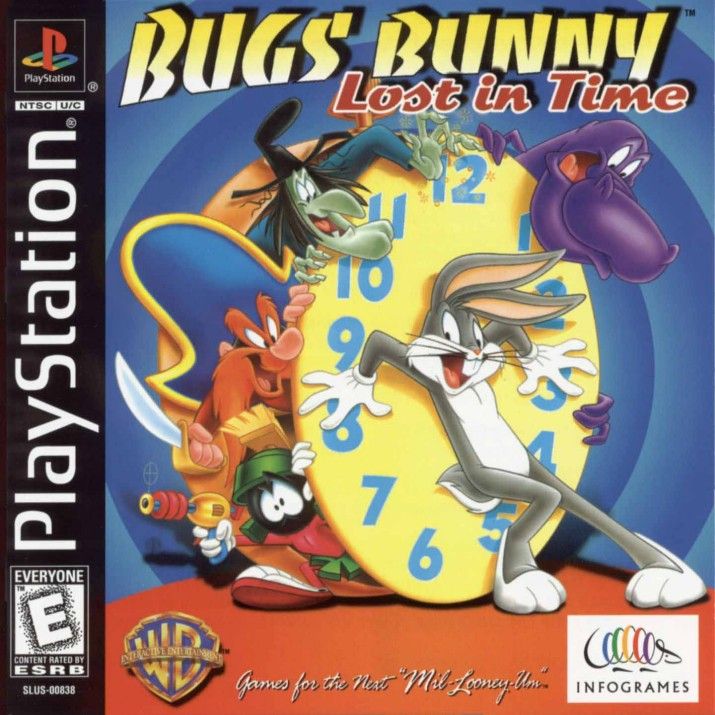
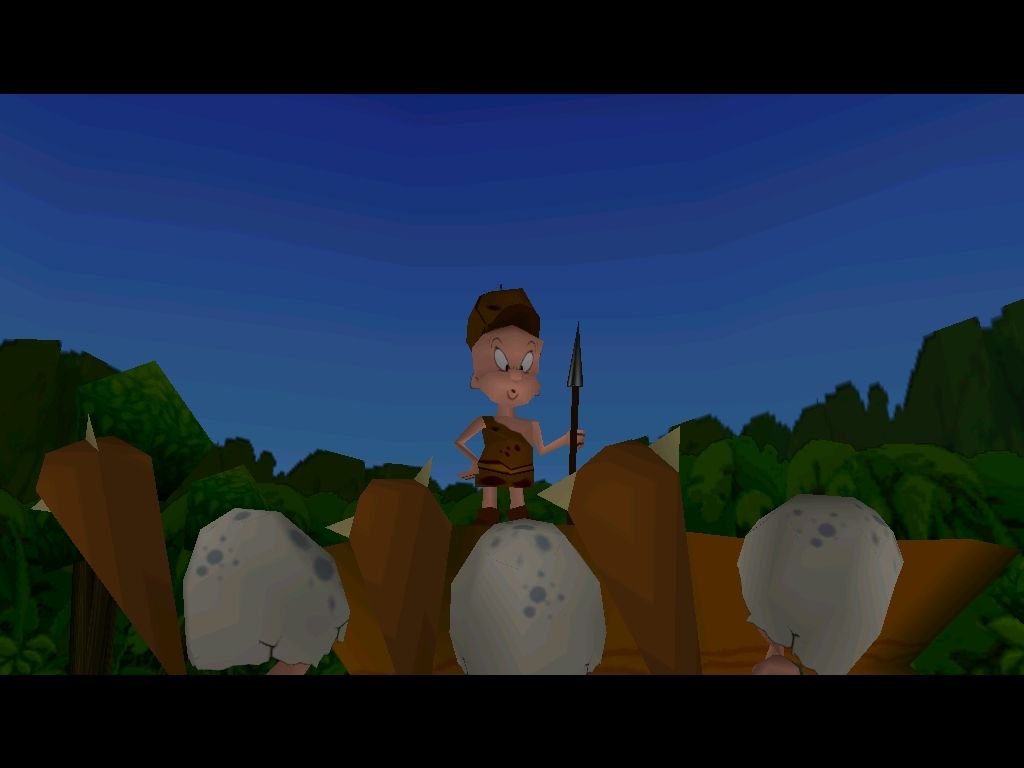
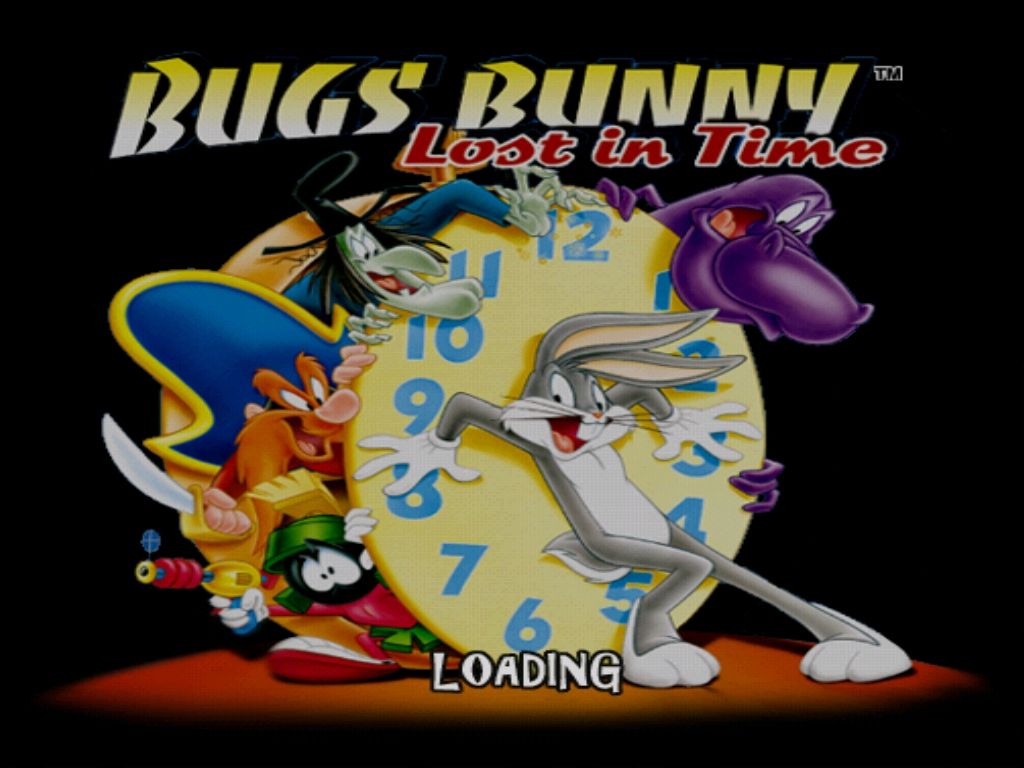
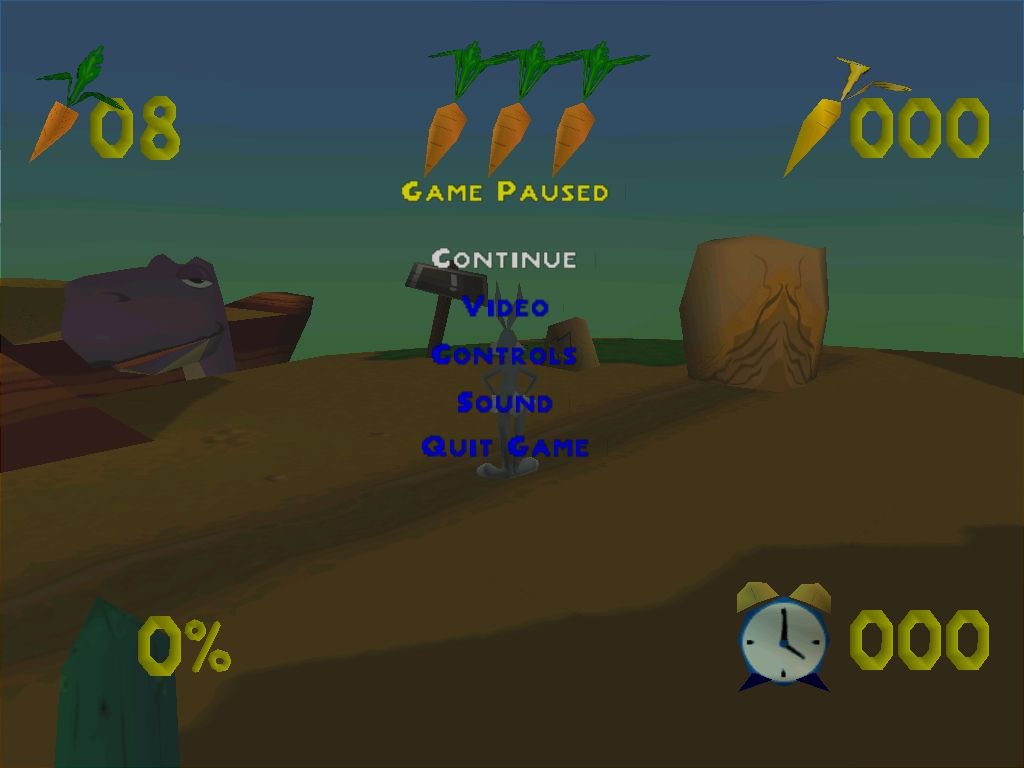
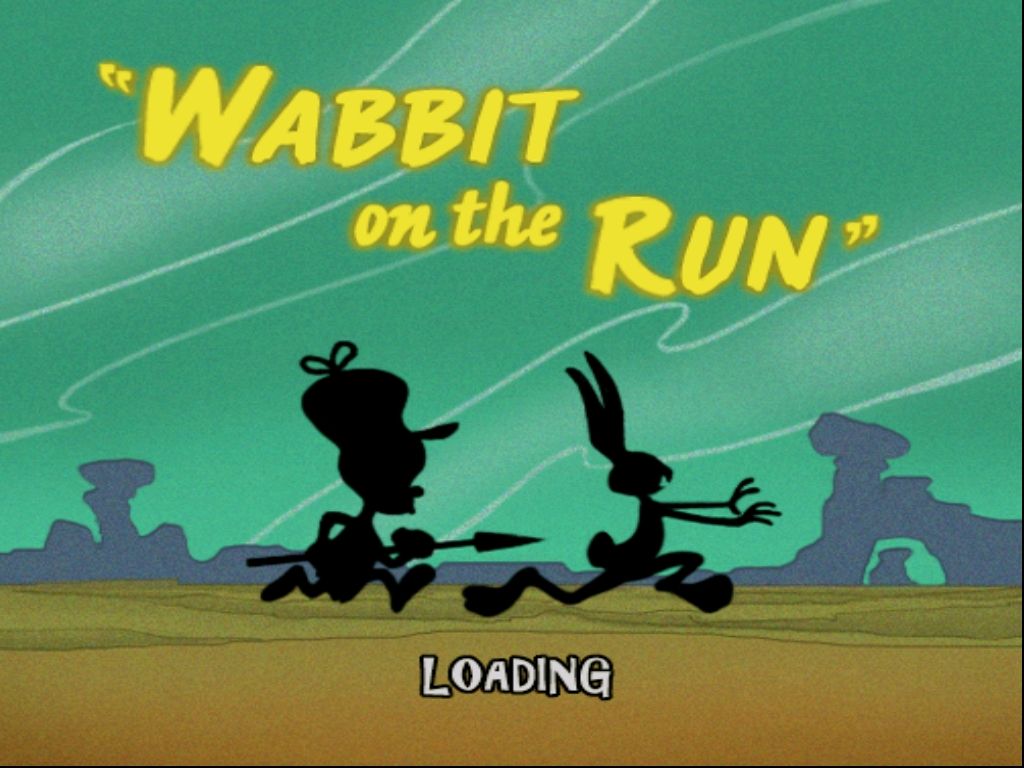
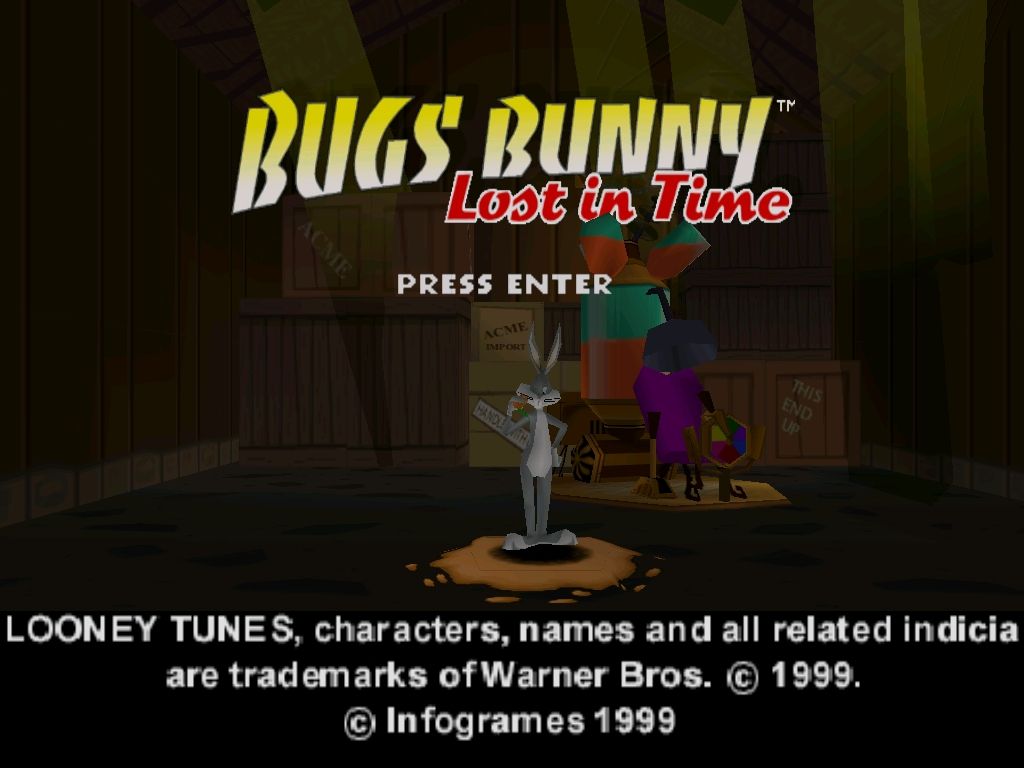

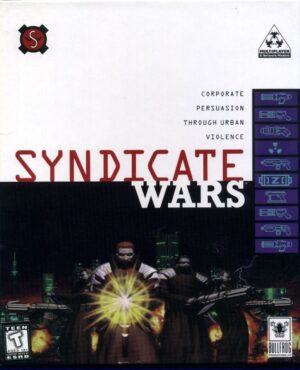

Reviews
There are no reviews yet.